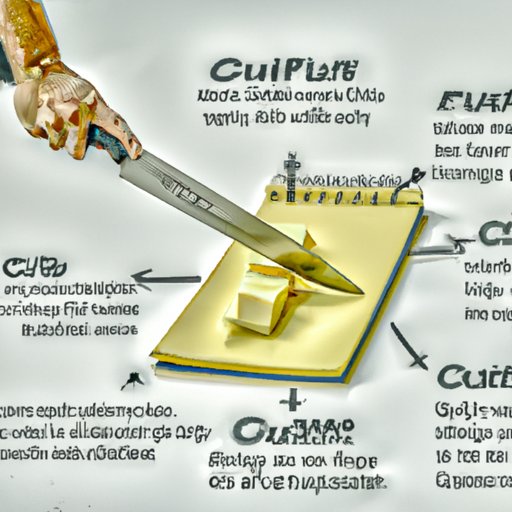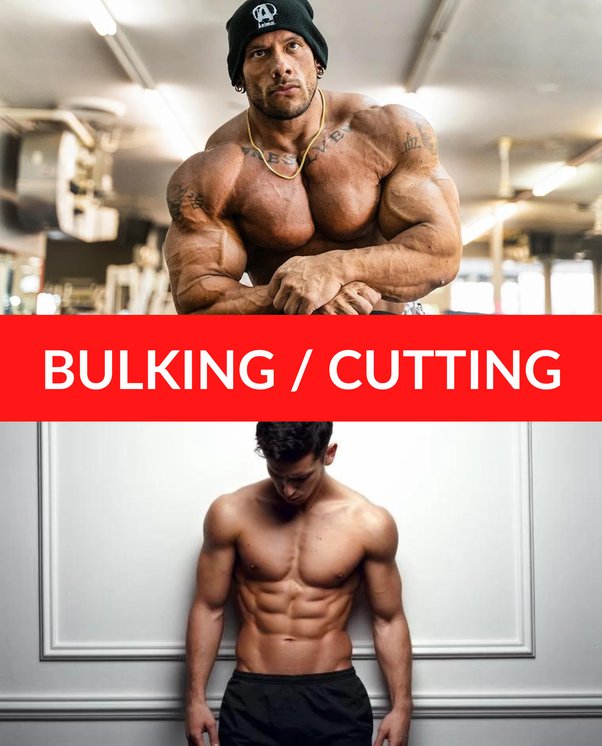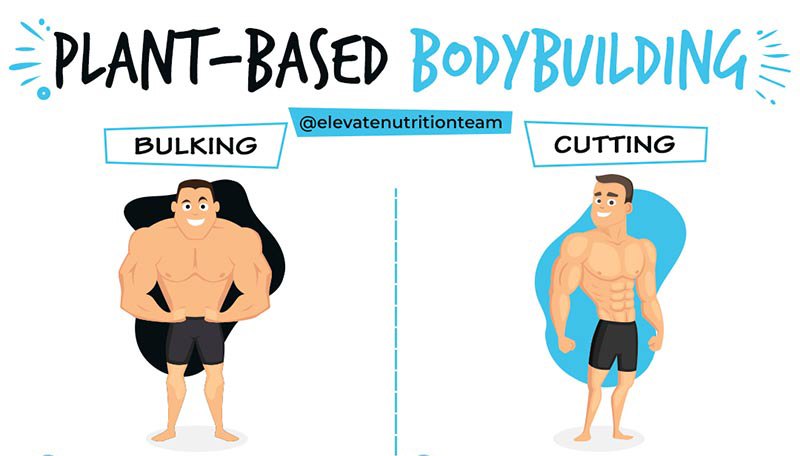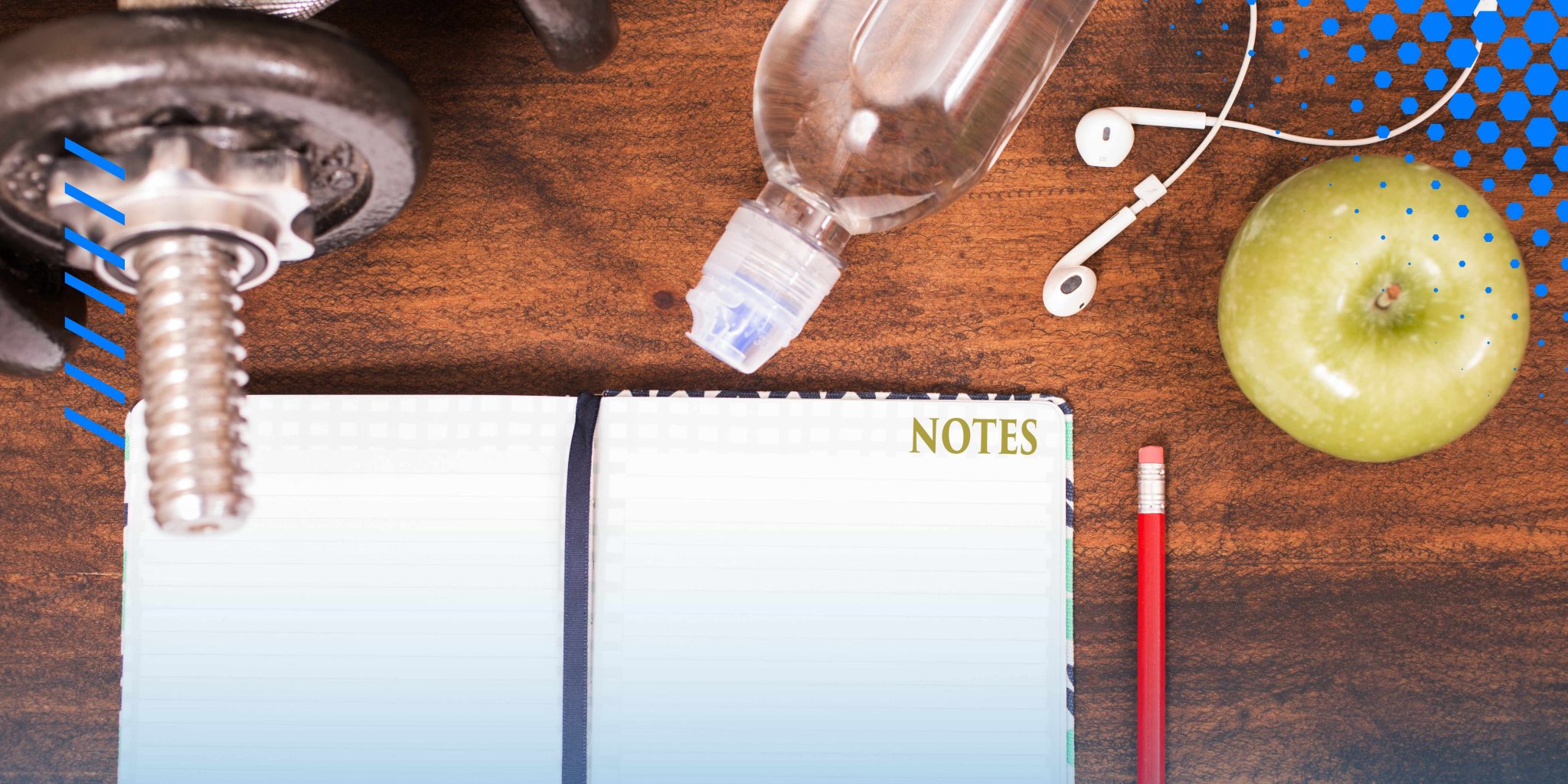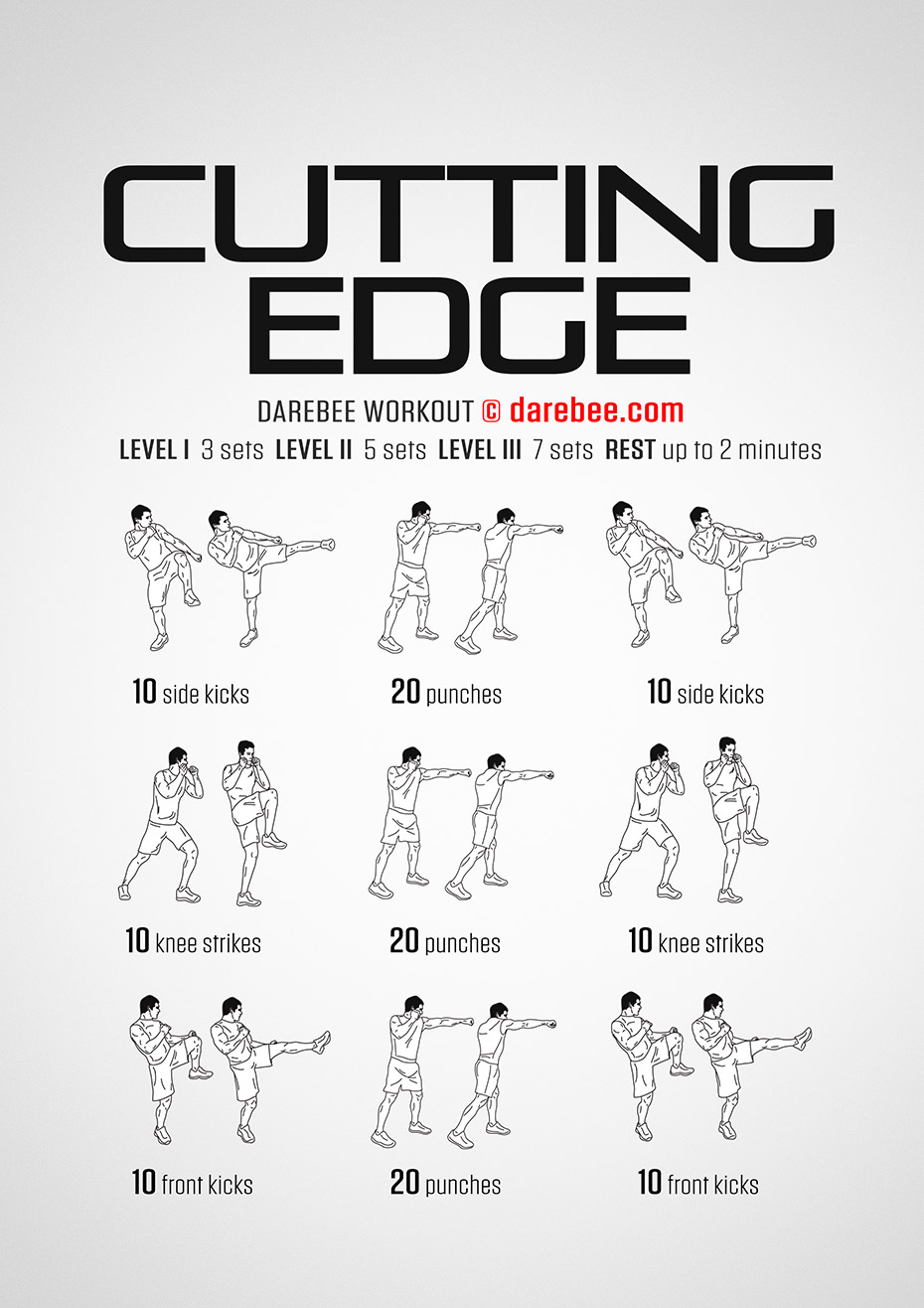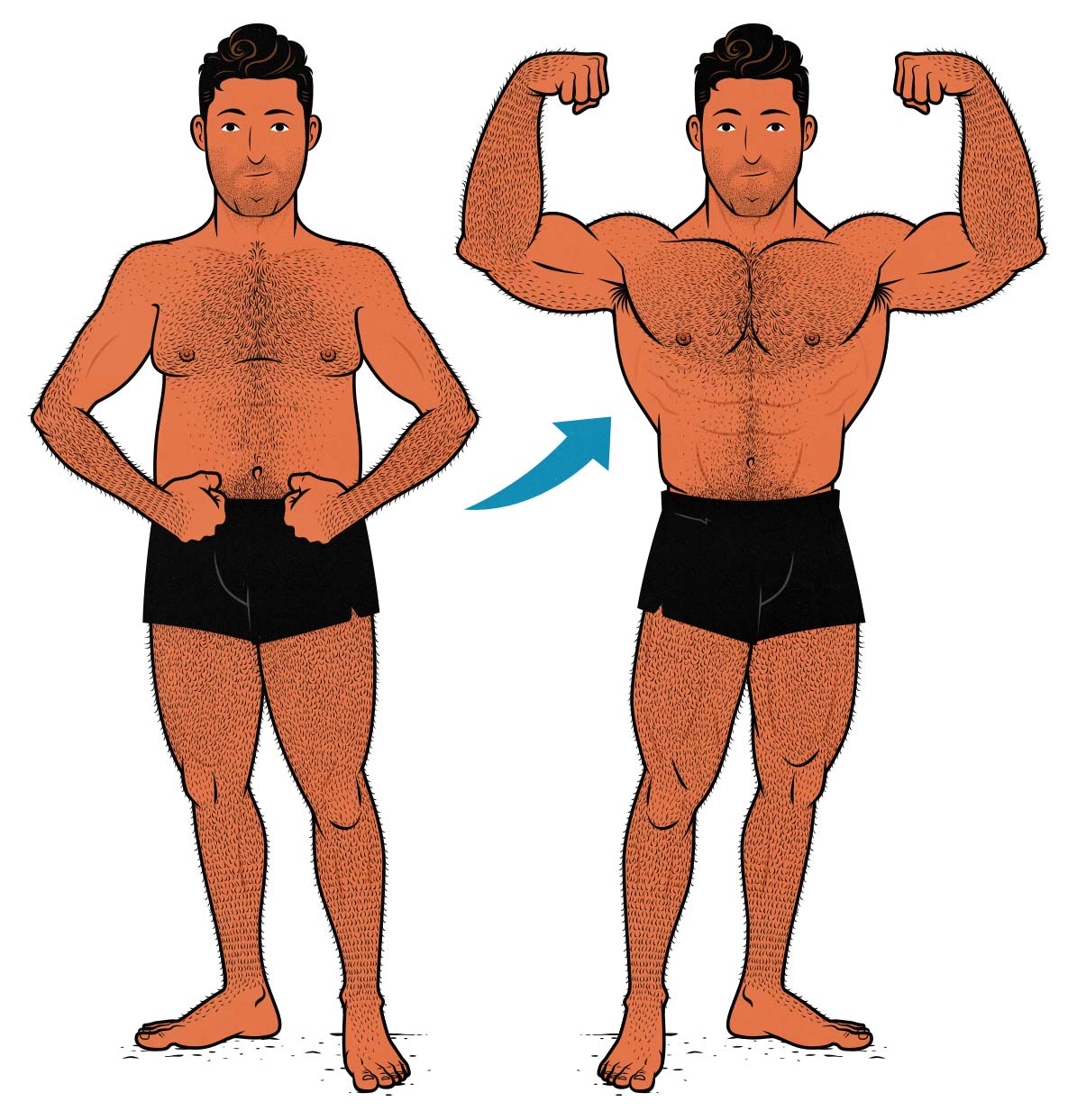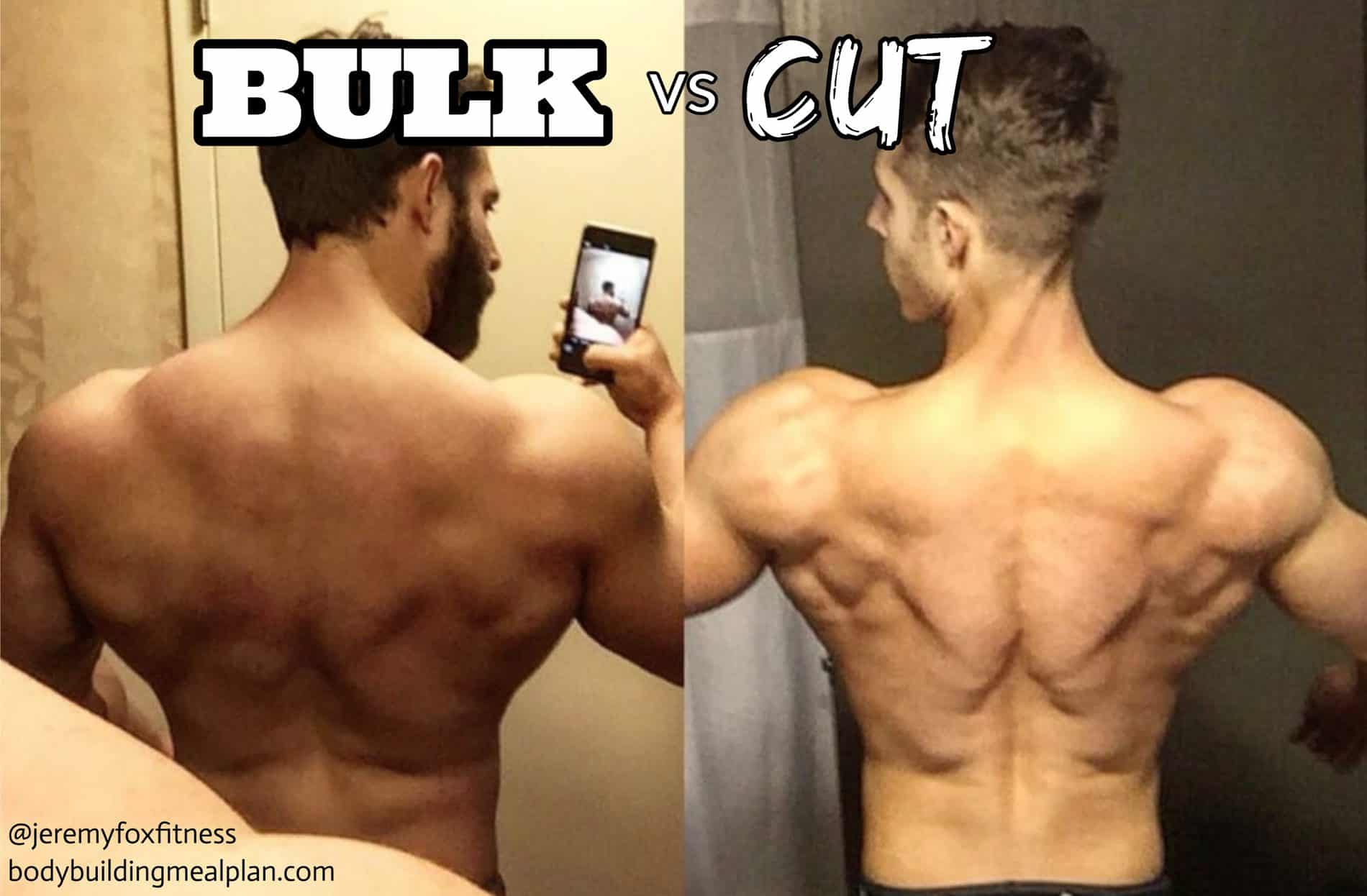What Does Cutting Mean In Fitness
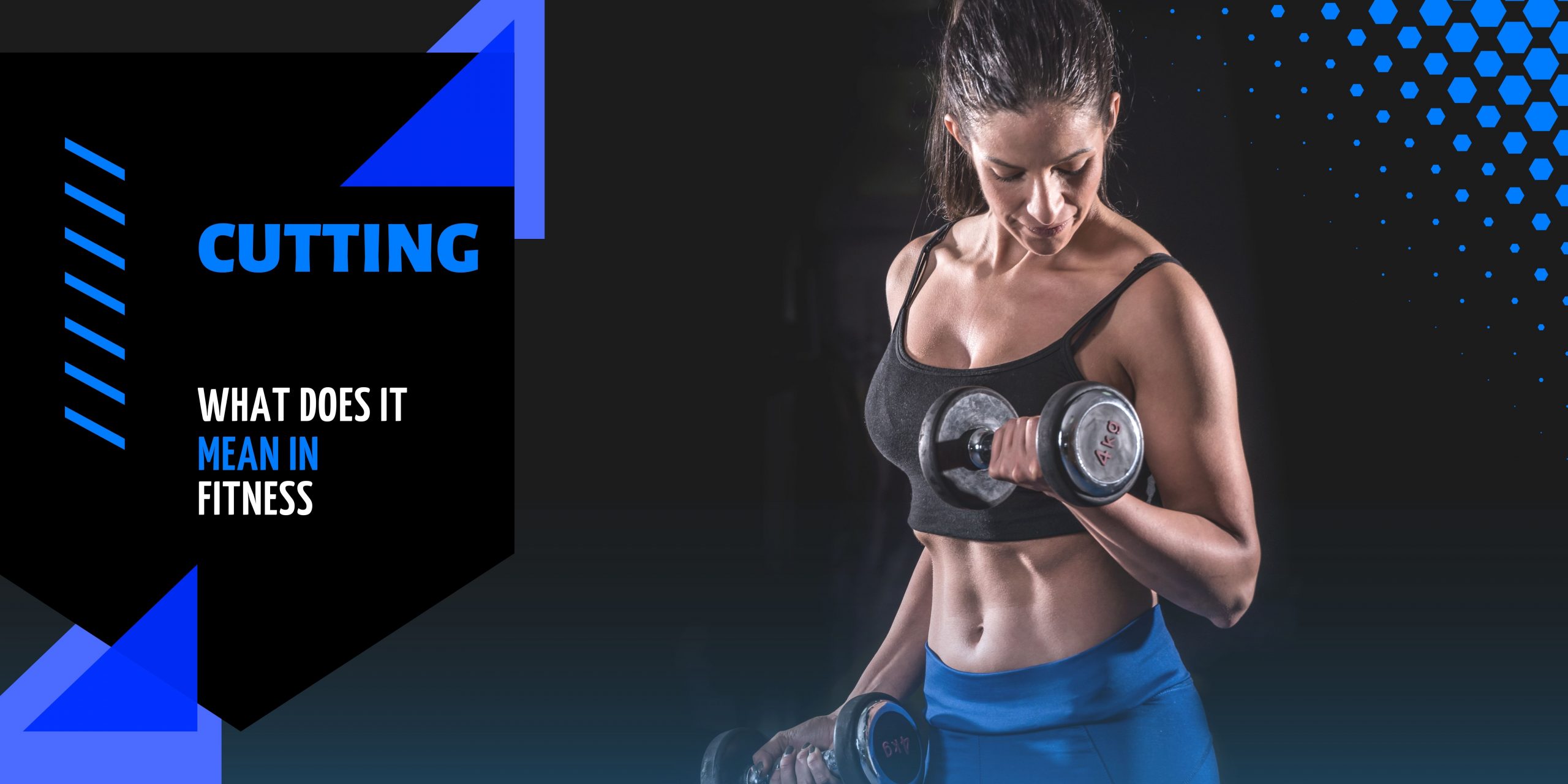
Imagine the sizzle of lean protein on the grill, the satisfying ache in your muscles after a grueling workout, and the focused determination etched on your face as you stare at your reflection. You're not just working out; you're sculpting, refining, unveiling the physique you've worked tirelessly to build. This isn't just about shedding pounds; it's about revealing the masterpiece beneath.
This transformative process is what many in the fitness world call "cutting," a strategic approach to shedding body fat while preserving hard-earned muscle mass.
At its core, cutting involves carefully manipulating your diet and training to achieve a calorie deficit, prompting your body to tap into its fat reserves for energy. But it's much more than just eating less; it's a calculated dance between fueling your body optimally and encouraging it to burn fat efficiently.
Understanding the Basics of Cutting
The concept of cutting has deep roots in bodybuilding and competitive fitness. Athletes often cycle between "bulking" phases (focused on building muscle) and "cutting" phases (focused on revealing that muscle definition). This cyclical approach allows them to maximize muscle growth while minimizing fat gain during bulking, and then to showcase their physique during cutting.
While initially popular among competitive athletes, the principles of cutting have gained traction with individuals seeking to improve body composition and achieve a leaner physique for personal satisfaction.
The underlying principle is energy balance: consuming fewer calories than you expend. To achieve this, individuals typically adjust their diet and exercise regimens.
Dietary Adjustments
Dietary changes are crucial during a cutting phase. A common strategy involves reducing carbohydrate intake, as carbs can be readily stored as fat if consumed in excess.
Protein intake is typically increased to help preserve muscle mass. Protein plays a vital role in muscle repair and growth, and a higher intake can help prevent muscle breakdown during periods of calorie restriction.
The focus shifts to nutrient-dense foods. Think lean proteins (chicken breast, fish, tofu), plenty of green vegetables, and complex carbohydrates in moderation (brown rice, quinoa, sweet potatoes).
Training Strategies
Maintaining a consistent workout routine is essential during a cut. Strength training is particularly important, as it helps signal to your body to hold onto muscle mass.
Cardiovascular exercise can be incorporated to increase calorie expenditure. However, excessive cardio can potentially lead to muscle loss, so moderation is key.
High-Intensity Interval Training (HIIT) has become popular, as it efficiently burns calories and can help boost metabolism.
The Importance of a Calorie Deficit
The foundation of any successful cutting phase is creating a calorie deficit. This means consuming fewer calories than your body burns throughout the day.
A moderate calorie deficit is generally recommended for sustainable results. A deficit of 500-750 calories per day is often cited as a safe and effective range.
Creating too large of a deficit can lead to muscle loss, fatigue, and nutrient deficiencies, making it difficult to sustain the cut long-term.
Tracking Progress and Making Adjustments
Monitoring your progress is crucial to ensure you're on the right track. This can involve tracking your weight, body fat percentage, and measurements.
Taking progress pictures can also be a powerful motivator and provide visual evidence of your transformation. Keep in mind that the scale is not the only indicator of progress.
As your body adapts to the calorie deficit, you may need to make adjustments to your diet and training plan. This might involve further reducing calories or increasing exercise intensity.
Potential Risks and Considerations
Cutting, when done improperly, can present several risks. Drastic calorie restriction can lead to nutrient deficiencies, fatigue, and hormonal imbalances.
Muscle loss is a significant concern. If you cut too aggressively or don't prioritize protein intake and strength training, your body may start breaking down muscle tissue for energy.
It's essential to listen to your body and prioritize your health. If you experience excessive fatigue, mood swings, or other concerning symptoms, consider adjusting your plan or consulting a healthcare professional or registered dietitian.
The Psychological Aspect of Cutting
The mental aspect of cutting can be as challenging as the physical. It requires discipline, patience, and a realistic understanding of your body.
Food cravings are common, especially when restricting certain food groups. Developing healthy coping mechanisms, such as finding low-calorie alternatives or engaging in enjoyable activities to distract yourself, can be helpful.
Focus on the positive aspects of the process. Celebrate your progress, acknowledge your hard work, and remember why you embarked on this journey in the first place.
Long-Term Sustainability
Cutting is often viewed as a temporary phase, not a long-term lifestyle. Once you've achieved your desired level of leanness, it's important to transition to a maintenance phase.
This involves gradually increasing your calorie intake to a level that allows you to maintain your weight and muscle mass. It's a process of finding a sustainable balance between eating well and enjoying life.
The ultimate goal is to develop healthy habits that you can maintain long-term. Focus on building a balanced diet, staying active, and listening to your body's needs.
Expert Opinions and Scientific Evidence
According to the American College of Sports Medicine, a combination of diet and exercise is the most effective approach for weight loss and body composition improvement.
Registered Dietitian, Jane Smith, emphasizes the importance of a personalized approach. "There's no one-size-fits-all cutting plan," she states. "Factors like your age, gender, activity level, and individual metabolism all play a role."
The National Strength and Conditioning Association highlights the importance of resistance training for preserving muscle mass during calorie restriction.
Embracing a Holistic Approach
Cutting in fitness is more than just about numbers; it is about transforming your relationship with your body and with food.
It's about understanding your body's signals, learning how to fuel it optimally, and cultivating a sustainable, healthy lifestyle.
As you navigate your fitness journey, remember that progress is not always linear, and setbacks are a normal part of the process. Stay persistent, stay patient, and celebrate every small victory along the way.
Ultimately, the goal is to achieve a physique you're proud of, while also fostering a healthy mind and body.
